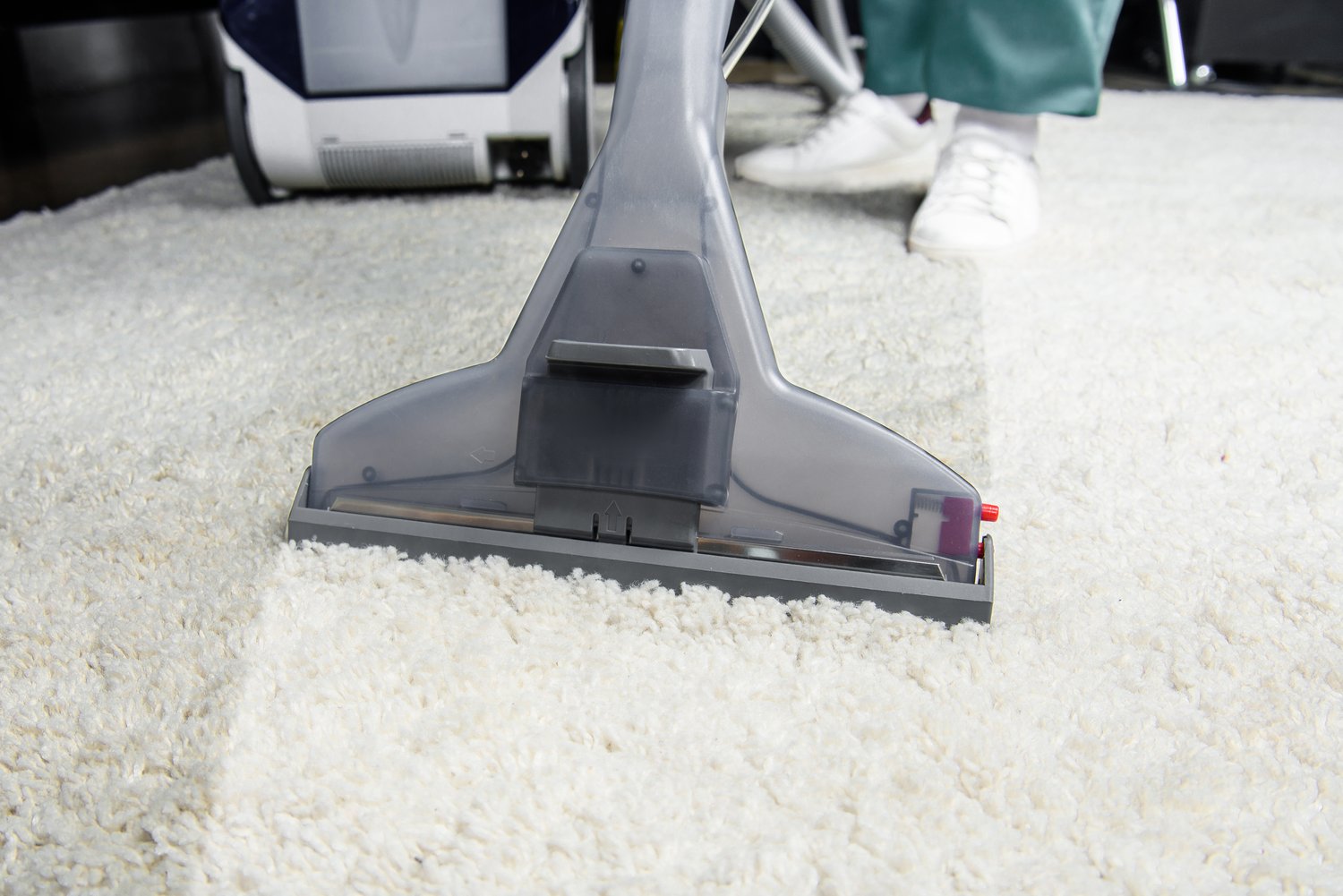Life is messy, and household spills are an inevitable part of daily living. Whether it’s a glass of red wine tipped over during dinner, coffee spilled on your favorite shirt, or ink marks from a leaky pen, stubborn stains can be frustrating to deal with. The good news is that most common stains can be effectively treated with the right techniques and products. In this comprehensive stain removal guide, we’ll explore expert methods to tackle the most persistent household spill cleaning challenges on various surfaces, from carpets and upholstery to clothing and countertops.
Understanding the Science of Stains
Before diving into specific stain removal techniques, it’s helpful to understand what makes stains stubborn in the first place. Stains occur when substances penetrate the fibers or pores of a material and chemically bond with it. The longer a stain sits, the more difficult it becomes to remove stubborn stains, as the substance has more time to set into the material. Different stains require different treatment approaches based on their chemical composition—whether they’re protein-based (like blood), tannin-based (like coffee), oil-based (like grease), or dye-based (like ink). Understanding the type of stain you’re dealing with is the first step toward effective treatment.
Red Wine Spills: Acting Fast is Key
Red wine spills on carpets or upholstery can cause immediate panic, but with quick action, they don’t have to become permanent. When wine spills, first blot (don’t rub) the area with clean, dry paper towels to absorb as much liquid as possible. For carpet stain remover solutions, try applying a mixture of dish soap, white vinegar, and warm water with a clean cloth, working from the outside of the stain toward the center. Another effective method involves sprinkling salt generously over the wet stain to draw out the moisture, then vacuuming once dry. For stubborn wine stains that have already dried, a paste of baking soda and water left to sit for several hours can help lift the discoloration before cleaning with the soap solution.
Coffee Stains: From Mugs to Fabrics
Coffee stains are among the most common household spill cleaning challenges, particularly on white clothing, tablecloths, and carpets. For fresh coffee stains on fabric, run cold water through the back of the stain as quickly as possible to push the coffee out through the way it entered. For set-in coffee stains, mix equal parts white vinegar, liquid dish soap, and water, then apply to the stain and let sit for 15 minutes before rinsing with cold water. Coffee stains on mugs can be removed by filling them with equal parts water and white vinegar, letting the solution sit overnight, then washing as usual. For coffee spills on carpets, blot up excess liquid first, then apply a mixture of one tablespoon of liquid dish soap, one tablespoon of white vinegar, and two cups of warm water using a clean cloth.
Ink Marks: From Paper to Fabric
Ink stains can seem particularly daunting to remove, especially from light-colored fabrics. For water-based ink stains on clothing, soak the fabric in cold water with a few drops of dish soap for about 30 minutes, then launder as usual. For permanent marker or ballpoint pen ink, apply rubbing alcohol to the stain using a cotton ball, blotting gently until the ink begins to dissolve. Hairspray (the kind containing alcohol) can also be effective for ink stain removal on many fabrics. For ink on leather or suede, professional cleaning is often the safest approach, though AskHomey can help connect you with specialized cleaning services for these challenging situations.
Grease and Oil: Kitchen Catastrophes
Greasy stains from cooking oils, butter, or automotive fluids require special attention in any stain removal guide. For fresh grease stains on clothing, immediately apply dish soap directly to the stain and rub gently, as dish soap is designed to break down grease. For set-in grease stains, try making a paste of equal parts baking soda and water, apply to the stain, and let sit for at least an hour before washing. For grease on carpets, blot excess oil, then apply cornstarch or baking powder liberally to absorb the oil. Let it sit for several hours or overnight, then vacuum thoroughly. Follow with a solution of dish soap and warm water, applied with a clean cloth and blotted dry.
Blood Stains: First Aid for Fabrics
Blood stains require immediate attention with cold water—never hot, which can set the stain permanently. For fresh blood stains, rinse thoroughly with cold water from the back of the fabric, then soak in cold salt water (1 teaspoon salt per cup of water) for at least 30 minutes. For dried blood stains, soak the fabric in a solution of liquid enzyme detergent and cold water for at least an hour before washing. For blood on carpets or upholstery, a mixture of cold water and dish soap applied with a clean cloth can be effective, followed by blotting with a dry cloth to remove excess moisture and cleaning solution.
Preventative Measures and Professional Help
The best household spill cleaning strategy is prevention—using stain repellents on new furniture and carpets, being mindful with food and beverages, and treating spills immediately. However, when prevention fails and stubborn stains persist despite your best efforts, professional cleaning services can provide solutions using specialized equipment and products. Regular professional cleaning can also extend the life of your carpets, upholstery, and other surfaces by removing embedded dirt and stains that home methods might miss.
For more tips and to connect with reliable home service professionals, follow AskHomey on Facebook and Instagram.



